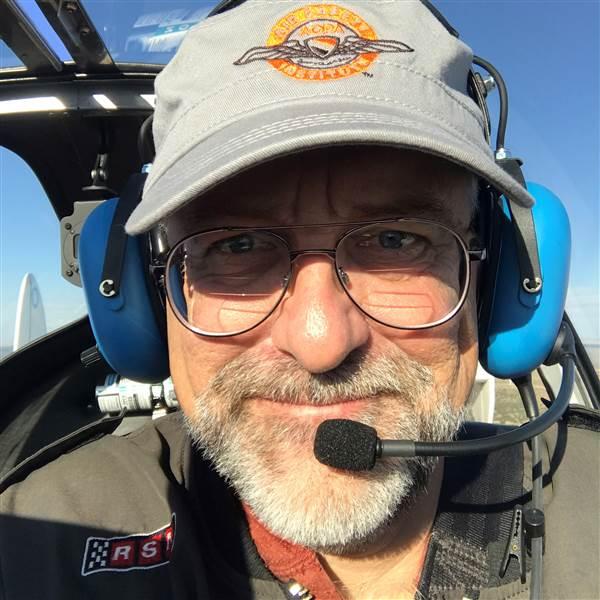Training and Safety Tip: Where the 'vicinity' ends
Where does the FAA draw that line?
FAR 91.103(a)—the first flight rule—mentions that as part of your preflight planning for any flight not in the vicinity of an airport, you must obtain weather reports and forecasts, calculate fuel requirements, determine alternates, and be alert to traffic delays.
So, all of that seems pretty clear. Until you think about it.
The word “vicinity” isn’t defined in FAR Part 91. No advisory circular addresses it. Now what?
Well, sometimes you have to ask for help, so the AOPA Air Safety Institute reached out to AOPA’s Pilot Protection Services (PPS) legal eagles, who did a deep dive to analyze what “in the vicinity of an airport” practically means.
The AOPA PPS attorneys found a 1992 letter of interpretation in which the FAA responded to the question about the meaning of the phrase “in the vicinity of an airport,” as it is used in FAR 91.103. The FAA’s answer?: “We have no specific, fixed definition of ‘vicinity’ but instead, interpret its meaning on a case-by-case basis.” Good to know, but not very helpful.
There are, however, a few NTSB administrative law judge decisions that shed some light on how judges have viewed the subject. Several cases dealt with flights from one airport to another close-by airport, making it clear that once you land somewhere other than where you took off—regardless of distance traveled—you’ve left the vicinity.
Next, AOPA PPS attorneys found one case—although it didn’t set a precedent that can be relied upon by other pilots—where a judge said, “‘In the vicinity of the airport’ refers to someone taking off and staying in the traffic pattern, or staying within that general area, returning to that same airport.” Great! Now we are making progress. All we need now is a working definition of “that general area.”
Guess what? Yeah. There’s nothing to be found on that anywhere.
In the end, it appears that if you are staying in the pattern of an airport, you are solidly “in the vicinity.” But beyond that, it’s a gray area. So, what to do? AOPA PPS attorneys say to play it safe, just comply with the regulation anytime you leave the pattern.
And that is how you should fly through the regs, anyway. On the safe side.



